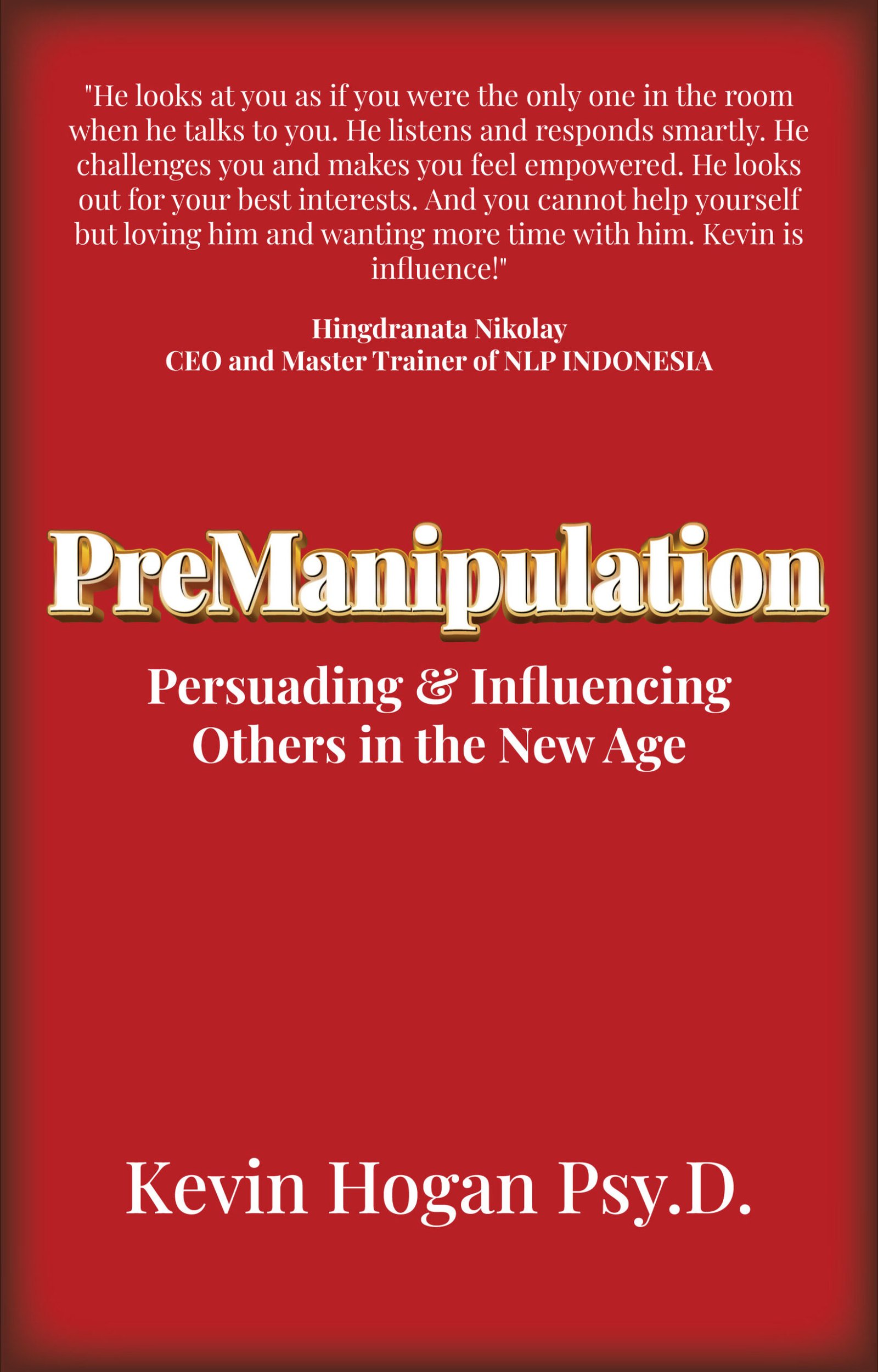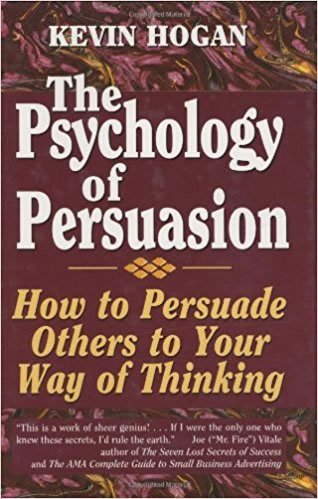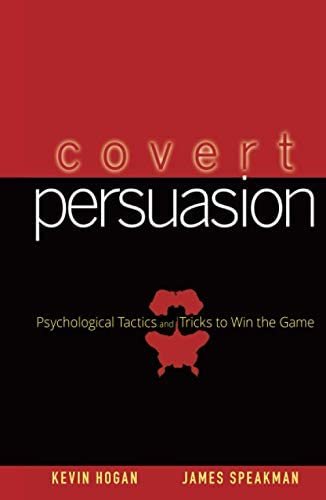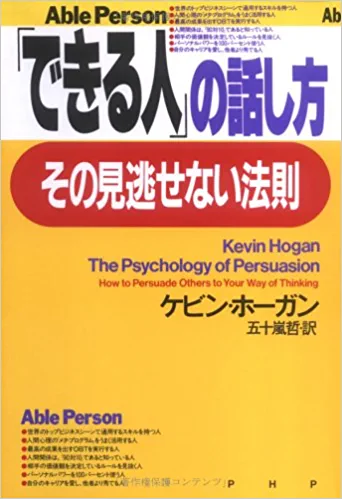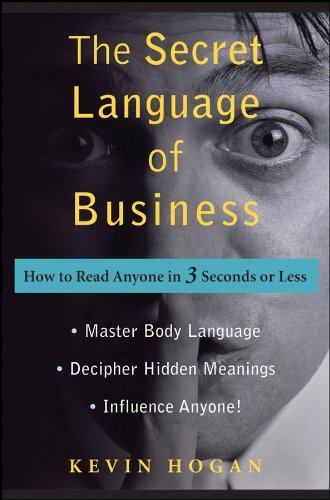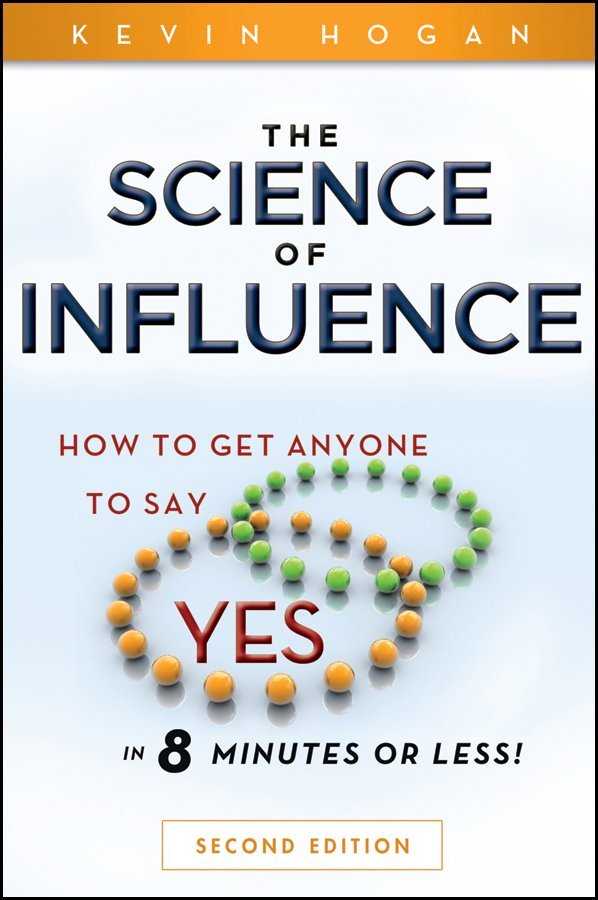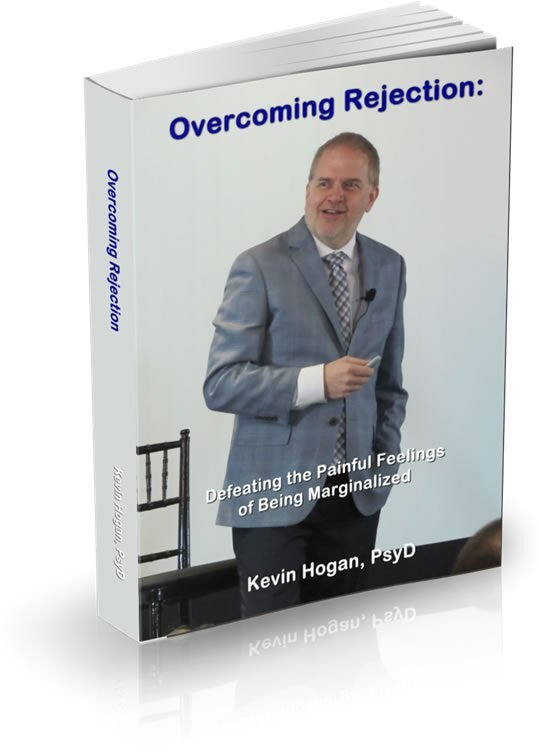More often than not, w hen people say, “yes” or “no”, they do so for some “reason” that has almost nothing to do with the actual words you say to them before or after the communication exchange.
hen people say, “yes” or “no”, they do so for some “reason” that has almost nothing to do with the actual words you say to them before or after the communication exchange.
Covert Influence is the study of all influential factors that go largely unnoticed by anyone in the area. These elements of persuasive communication (a cigarette butt on the ground, a scratch on the neighbors car, the dinge of the window seen as the sun’s light hits it just right, the socks another person is wearing) cause people to change their minds….or to do something that if just one or two things were different in the environment, or in the sequencing of information/communication, a completely different answer or result would be given.
Some people find a penny on the street. “It’s good luck.” They must pick it up and that penny changes their mood. Me, I check if it’s a wheat back penny or if it was minted in San Francisco. If not, I’ll put it back on the ground and leave it there heads up for the next person who is superstitious that sees it.
Imagine you could convince a superstitious that they would be lucky today. It would be tough to do. However, if they find that penny “randomly” their mood is now positive and they feel good about life.
That’s covert influence.
Hypnotic Influence Strategy to Ask and Get What You Want
This is critical and this is new to you as it was to me. It’s not in the textbooks, school or taught at the office.
Your every day, crystal clear communication can easily be met with nods and smiles only to find out that no one understood you later.
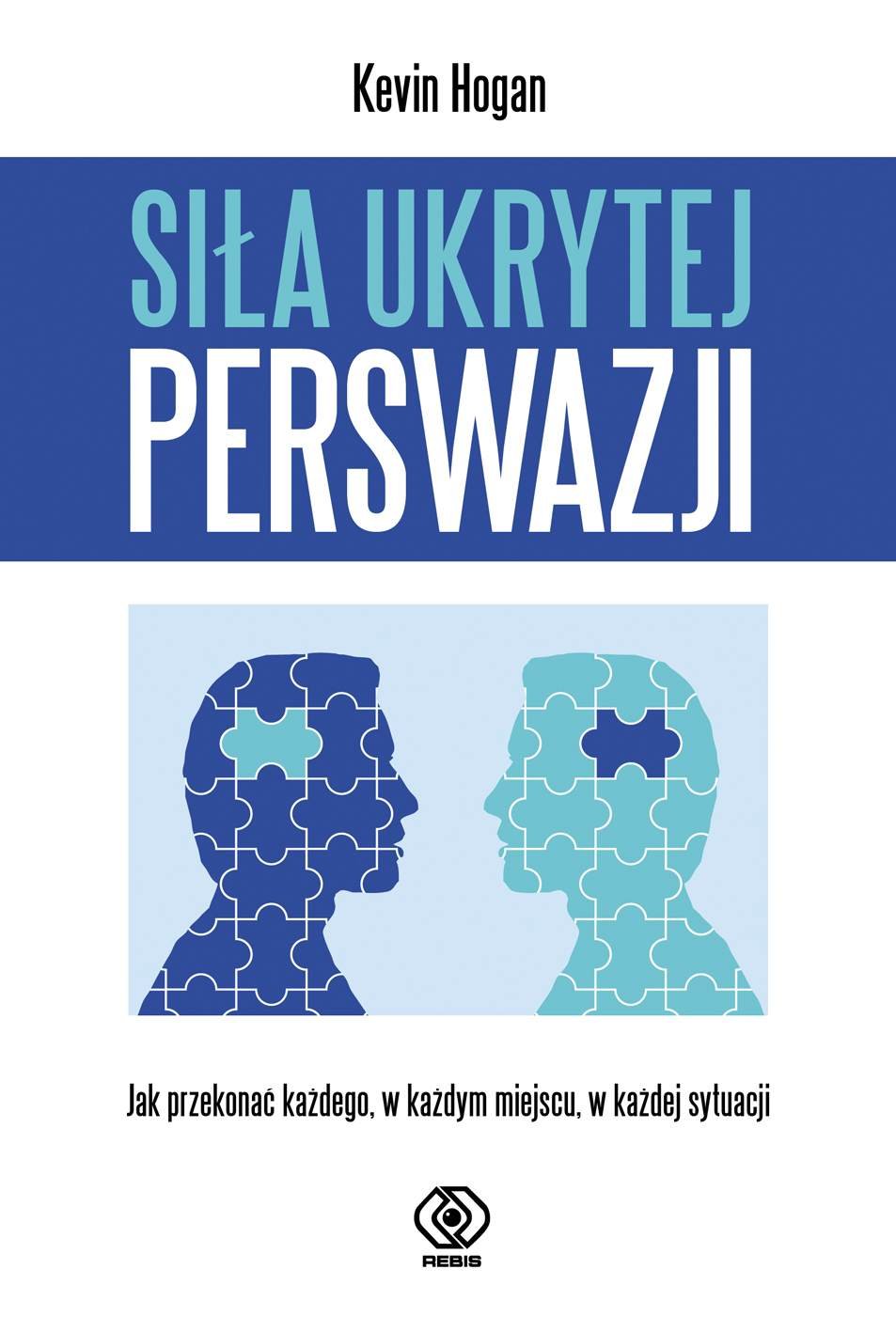 When I was in Poland in October, I would cite my book Invisible Influence only to find out that the translation of the title by my lunch interpreter was the same as my book Covert Persuasion. The two books are very different from each other. What’s important to know here is the lesson that it’s easy to give people information that will later confuse them even though they heard every word you said.
When I was in Poland in October, I would cite my book Invisible Influence only to find out that the translation of the title by my lunch interpreter was the same as my book Covert Persuasion. The two books are very different from each other. What’s important to know here is the lesson that it’s easy to give people information that will later confuse them even though they heard every word you said.
You say a lot of things in the course of the week where other people are quite sure you said something completely different.
“What the heck do you mean by that?!”
“I didn’t say that I said,…”
“I HEARD you say it, are you saying I’m crazy?!”
“I didn’t say that either!!!”
And on communication goes. No, you are not responsible for the result of your communication, as we once postulated in NLP. Just sometimes.
Sometimes they “like what they hear,” other times it creates negative emotions. Rarely do you find out which was which until later.
They are certain of what they heard and it didn’t create an argument or request for more information for clarity. They simply happily and unwittingly misunderstand you. And you think you got your point across.
I never really observed the impact of this truism until this last year. If verbal communication needs to be more clear to get your message across, then nonverbal and hidden communication must be VERY CLEAR and precise in intent, then delivered exactly as it will have the greatest impact on the other person or listeners as a group.
Never believe that your precise communication attempts are more clear and likely to influence than subtle forms of communication.
As precise as you believe yourself to be when you speak or write, what happens at the hidden level??
You can utilize covert influence in personal relationships, managing people, sales, marketing, at the office, in front of the jury, in any and every interaction where you are attempting to persuade.
If you think about it, nonprofits are required to use the most pure elements of influence. They have no product or service per se…their existence relies on the ability of their fundraisers to influence.
Imagine a charity that desperately needs money to save lives of people who are impoverished or dying.
A simple presentation of the facts to a group of people at the office, in church, in the neighborhood, at school, simply isn’t what is going to cause people to donate or not.
If someone knocks on your door and they want a donation for an organization, it makes no difference really what it is.
You weren’t planning on driving to the American Cancer Society after the football game to make a donation.
What happens is that someone causes their day to intersect with yours and an interaction occurs that is going to cause you to donate… or not.
When the person knocks on the door, it’s well known among door knockers that if you ask for a small favor FIRST, like sign a petition for clean water in your community, (it’s tough to disagree with having clean water in YOUR community) you typically will sign. There is no word of a donation request coming immediately on the heels.
The person applauds your wisdom and appreciates your concern.
Heck, they might even mean it.
Next up, they ask you for the donation.
There is ONE proven method for this that works with far more efficiency and impact than all others combined.
What simple strategy of covertly influencing others might just make your income rise?
Ask for This and You’ll Get Money Instead
 For quite awhile, I was the fundraising manager for a Homeless Veterans organization. Had I simply asked if the person would ever be willing to volunteer time to helping homeless Vets, then follow it up with a request for a dollar figure….I didn’t know I’d have increased my receipts in donations by 1/2…or a whole lot more.
For quite awhile, I was the fundraising manager for a Homeless Veterans organization. Had I simply asked if the person would ever be willing to volunteer time to helping homeless Vets, then follow it up with a request for a dollar figure….I didn’t know I’d have increased my receipts in donations by 1/2…or a whole lot more.
The “goal” of communication is to trigger an outcome but sometimes directly spoken words are not the tool to make that can trigger the outcome you need!
Hidden influence is at work even online…
In one study, people visiting a website were asked if if they would be willing to donate their time to The Lung Association. Then they were asked how much money they would donate to The Lung Association and the average donation was:
$36
The other half of the people were NOT asked to donate their time. They were simply given a factual statement about the organization and problem.
How much was the average donation with this approach?
$24
The difference between those numbers is enough to sink an organization (or a corporation) or make it thrive.
One little question.
That’s it.
One question.
Key Point: Researchers found that donation levels for nonprofits are nearly five times higher for participants who were first asked about donating their time to the organization.
The numbers of people who volunteered their time and the number of people who actually followed up and did volunteer work were both higher in the group asking for time vs. a donation in dollars.
 5 X (5 TIMES higher) is way beyond “statistically significant”. That’s the stuff of great success vs. short term survival.
5 X (5 TIMES higher) is way beyond “statistically significant”. That’s the stuff of great success vs. short term survival.
A third study replicated the findings from the first two studies and also explored the feelings that arose when people thought about donating time.
“We argue that thinking about time activates goals of well- being and beliefs involving personal happiness. In contrast, thinking about money suppresses such emotional goals and instead activates goals of economic utility and beliefs about attainment of such goals,” the authors explain.
Do you ever ask someone for money?
My question for you is, how do YOU implement this?
What emotions do you need to tap?
Desires and Emotions that Persuade: The Gold Standard
What happens when you can’t ask for time first?
You can paint your picture with care and get a similar result. It turns out that donors are more likely to respond to appeals that involve negative emotions than pitches about benefits to the donor.
Authors Robert J. Fisher (University of Alberta), Mark Vandenbosch (University of Western Ontario), and Kersi D. Antia (University of Wisconsin-Madison) examined scripts for pledge breaks at a public television station. “The research findings suggest that viewers donated because they felt an obligation to do so – people expect self- or social censure if they don’t help when they feel empathy for a person or organization they care about,” they write.
- The individual feels OBLIGATED.
- The individual expects SELF CENSURE if they fail to donate.
- The individual expects SOCIAL CENSURE if they fail to donate.
Now that it compelling.
Prevailing wisdom holds that people are generally selfish. Yet when it comes to donation appeals, it seems that potential donors are motivated by appeals that involve the benefit to others: the station, the community, or specific groups of people other than themselves.
The authors’ research involved close examination of scripts for four fundraising campaigns for a public television station. There were 584 scripts and 4,868 appeals in total. The researchers categorized the appeals into types (commercial-free programming, funding cuts, premiums or gifts for donors).

In addition to comparing the promotional tactics, the researchers also coded each appeal for its emotion value. Donors responded better to negative appeals – such as those that mentioned funding cuts to the station – than joyful ones.
The researchers note that shame can be a powerful motivator.“Failing to help under these conditions often leads to shame, which is a powerful negative emotion that is experienced when there is an inconsistency between a person’s actual and desired self.”
“Paradoxically, it is by helping others that we derive self-benefits in the form of enhanced self-esteem and social approval – serving others connotes valued human traits including compassion, cooperativeness, and kindness,” the authors conclude.
And yes there is even MORE we can learn from those organizations that are non-profit…on purpose.
What documented factor is a most important in influence?
Is Empathy Really An Element in Hidden Influence?
A few years ago Mark Joyner asked me what the most important factor in persuasion is. I wrote a few pages of his brilliant Simpleology book and he knows how I think.
“Empathy.”
And he was a bit surprised.
I’ll tell you later what he thought I would answer….
The answer IS empathy. Had he asked me the most influential factor in influence is, I’d have said, “Identity.”
Remember when we talked about doctors failing to diagnose 80% of incidental problems in color scans of patients when a photograph wasn’t included in the patient file?
Yep….
Now read this VERY CAREFULLY.
People tend to be more sympathetic to people suffering from the same misfortune as a friend. But friendship with a victim does not make people generally more sympathetic, according to the authors of a new study in the Journal of Consumer Research.
Authors Deborah A. Small and Uri Simonsohn (both University of Pennsylvania) seek to understand the driving forces behind the phenomenon where people become more sympathetic when a friend or loved one falls ill or suffers some other misfortune.
 “The sympathy inherent to a close relationship with a victim extends to other victims, leading benefactors to prefer charities that help those suffering from the misfortunes that have affected their friends and loved ones,” write the authors.
“The sympathy inherent to a close relationship with a victim extends to other victims, leading benefactors to prefer charities that help those suffering from the misfortunes that have affected their friends and loved ones,” write the authors.
The authors conducted three studies that confirmed that people are more sympathetic to victims suffering the same misfortune as a loved one than victims of other misfortunes. In the first study, they interviewed strangers in a train station about their feelings about Alzheimer’s disease, breast cancer, and job layoffs. They found that people who were closer to someone who had experienced one of the misfortunes were more sympathetic to the victims of those, but not to victims of the other misfortunes.
But you aren’t raising money for victims of a disease that their friend has, are you?
Yes you are!
(Think about it.)
Surprisingly, in subsequent studies, the authors were able to recreate this phenomenon in an experiment where friendships were newly created and the misfortune was losing $10 that had just been given to the participants. After people became “friends” in the study, they were more likely to donate money to a friend who lost money.
The authors note that participants’ sympathy did not increase overall, just for victims of the same misfortune. “So friendship with a victim does not simply make people more sympathetic; rather it directs their sympathy to others with the same misfortune as their friend or loved one,” they explain.
Now, it’s your turn.
Applications
Long term, people are going to do business with you instead of others not because of some coercive manipulation.
They are going to do business of your intentions, results and because of the hidden influences that occur.
People want to do business with people they care about, people they like.
That’s not how it always works of course, but that’s how we all would PREFER things to work.
So LET IT HAPPEN.
The 17th Law of Persuasion: The Law of Tribal Identity
Us vs. Them

People think that clear communication communicates. Tell the story well. There’s something to that but certain factors PRECLUDE telling the story or communicating clearly!
People filter their thoughts through the perceptions of the tribes they belong to and those they don’t.
If you are part of THIS tribe, you are “in group.”
If you are part of THAT tribe, you are “out group.”
One of the easiest ways to screw up marketing or sales is by pointing out how amazing your business/service/brand is and how it helped someone/some group that is OUT GROUP.
You could show with crystal clear proof how you made that OTHER RELIGION or OTHER POLITICAL PARTY or OTHER GROUP AT SCHOOL tons of money and you’ll still hear “no.”
You can prove beyond the shadow of a doubt that the work you did with Group Y was stellar, but the HR person at Group X says “you won’t fit in here.”
Every day people are shocked as to just WHY people say “no” to them when they are the OBVIOUS choice.
Why?
There’s a bunch of hidden “reasons” which no one can put a finger on outside of the study of covert influence.
One powerful factor is making sure you don’t try and get the words right, but get the MESSAGE right.
Decades of research have uncovered the fact that advertising to get people to stop smoking is completely useless.
It doesn’t work.
You can show pictures of people dying, cancerous lungs, tumors, you can put big signs on the wall like they do in Australia and other countries stating that cigarette smoking is deadly.
Meaningless.
Advertising, per se, does NOT work.
People have an illusion that because you expose people to X in an advertisement that you will cause everyone to blindly follow.
But that isn’t necessarily the case.
If you want people to quit smoking, you have to use the OUTGROUP TACTIC
Researchers Jonah Berger (University of Pennsylvania) and Lindsay Rand (Stanford University) found that linking a risky behavior with an “outgroup” (a group that the targeted audience doesn’t want to be confused with) caused participants to reduce unhealthy behaviors.
If you want people to stop using iPhones and you want them to start using your brand, part of your campaign in sales and marketing MUST be to show that your demographic’s OUTGROUP uses the Samsung. Period.
So if the druggies are using Samsungs and your jocks don’t like the druggies and you want the jocks to use YOUR BRAND, show that the druggies use the Samsungs.
Make sense?
THAT GROUP doesn’t want to REMOTELY BE LIKE THE OTHER GROUP.
Key Point: Behaviors of ANY kind are markers or signals of IDENTITY.
17th Law of Persuasion: People will tend to comply with, behave similarly and aid those that they perceive to be part of the same group(s) they are part of. They will tend to move away from the behaviors they perceive those in other groups are doing.
Studies began by identifying groups of people who study participants liked, but with whom the participants would not want to be confused-“outgroups.” In the first study, the participants were undergraduates and the “outgroup” was graduate students. When participants were led to believe that graduate students consumed more junk food, they chose 28% fewer junk-food items than participants who thought their group ate more junk food.
In another study, researchers placed flyers in freshman dormitories on a college campus. In one dorm, the flyers emphasized the health risks of binge drinking. In another dorm, the flyers linked binge drinking to graduate students. Participants in the dorm with the second flyer consumed at least 50 percent less alcohol than those who saw the health risk flyers.
In a third study, students on their way to a campus eatery were surveyed about perceptions of the media. A control group read an article about politics and pop culture, and a second group read an article associating junk-food eating with online gamers (an “outgroup”). When research assistants observed the two groups ordering food, they found that the group who had read the article about online gamers made healthier choices.
When you (person 1) point out that THEY (person 3) did something stupid, the other person (person 2) really doesn’t want to do something stupid.
It’s about IDENTITY.
If you’re thinking about “overcoming objections” or hard selling, you are working in 1919.
Think in terms of hidden influence.
Decisions in part are made based upon what the new behavior/choice SIGNALS to the GROUP….what it IDENTIFIES the person as….
Now, who do you want users of your product/service/you to identify with. Who is the OUTGROUP?
Now you get it….
Tribal Influence
Berger et al. Shifting Signals to Help Health: Using Identity Signaling to Reduce Risky Health Behaviors. Journal of Consumer Research; 0 (0): 080324102158216 DOI: 10.1086/587632 Adapted from materials provided by University of Chicago Press Journals.

